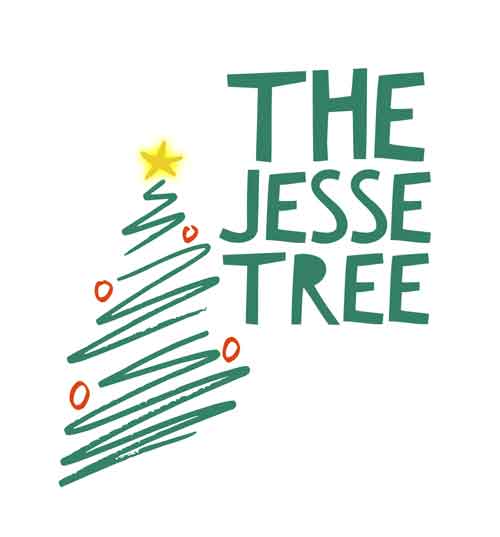Passover
Scripture:
Exodus 12:1-14; I Corinthians 5:7
Reflection:
Lifesavers are often a part of many family’s Christmas stocking stuffers. Whether mixed fruit or wintergreen or, my favorite, Butter Rum, many people enjoy those little mouthfuls of sugary sweetness as part of their Christmas traditions. The name, of course, comes from their shape. When invented in 1912, they reminded the candymaker of the round flotation devices common on ships. Think of that. They are not a tasty treat for Christmas, but they look like real lifesavers on boats that can mark the difference between life and death for someone who has fallen overboard.
As God prepared to lead the Hebrew slaves out of Egypt, one last and terrible plague will be inflicted upon the land. The firstborn of every family will all die in a single night. No town or region or street in all of Egypt was exempt. But, God provided a life saver for His people. The blood of a newly slain lamb was to be spread over the sides and top of the main door to every Jewish home. In effect, anyone coming into the house would have to walk in “through the blood” of those lambs. God promised that, when He saw the blood, He would pass over that house, sparing the firstborn who might be in it.
The meat of the lamb was to be eaten by those inside, along with unleavened bread (bread made without yeast or baking powder) and bitter herbs. God commanded the Jewish people to re-enact this meal every year and to tell the story of how God delivered the Hebrews out of the slavery of Egypt. For them, the blood of the Lamb was, quite literally, God’s provided lifesaver.
One day, John the Baptist looked up and saw Jesus walking along the banks of the Jordan. Then John pointed at Jesus and cried out, “Look, there is the Lamb of God, who takes away the sins of the world!”
Everyone standing there would have immediately thought of Passover. Since John was gesturing toward a man, they would have been trying to put it all together in their heads. God was bringing judgment on the whole land. Blood will save people from God’s judgment. But, it was the blood of a lamb. But John was pointing at that man, Jesus, as if He were the Passover lamb whose blood would save people. Jesus is God’s lifesaver of the whole world.
Family:
Materials: Put big red marks on the sides and top of a doorway. You can use washable markers (check to be sure they wash off) or strips of red crepe paper. If possible, use a door that comes in from the outside. This will also mean the children will not see the red marks until you take them to that door and show them.
Tell the story of the first Passover, giving extra attention to the lamb that had to be killed so that its blood could be put around the door.
Take them to the door you put red marks on and show the children. This is what the Bible means by “the sides and tops of the doorframes of the houses” (Exodus 12:7). How would it feel to be waiting while a terrible plague strikes every home, except the homes with the blood of the lamb around the doors? Would they have wanted to go out and make sure the blood was there? Would they want to make sure God could see the blood? How would they feel being kept safe? Would they feel sorry a lamb had to die to keep them safe?
Point out that one of the names we give to Jesus is “Lamb of God.” Because, when Jesus dies for us, He is like that Passover lamb whose blood saved all the Hebrew children. The Jesse Tree Ornament reminds us of the Passover. But, it can also remind us about Jesus and the cross. Jesus is also called a Lamb. By His blood on the cross, we can be safe from God’s judgment of the world.
Prayer:
In your prayer, tell God you are thankful that he heard the prayers of the Hebrew slaves and rescued them from Egypt. While you are saddened by the suffering of the Egyptians, you are grateful that God provided a way to save His people through the sacrifice of a Lamb. Tell God you are thankful that the story of Passover is so compelling because Jesus is our Passover Lamb (1 Corinthians 5:7). Ask God to help you live under the safety and protection of the blood of the Lamb so that, like Israel many centuries ago, you can be brought out of slavery and suffering into the land of promise.


